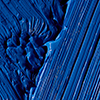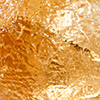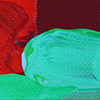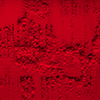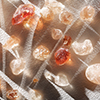Finely ground dry pigments suitable for artists who wish to prepare their own colours.
Langridge, since its establishment, has supplied artists with highest specification pigments sourced from around the world. Every colour is verified for its origin and identified for its chemical characteristics to provide the artist with a range of pigments noted for their quality of grade and fineness, ensuring the maximum benefit in tone and chroma.
- Chemical Composition: Pigments are divided into two main chemical classes: Inorganic and organic.
Inorganic. Derived either from natural mineral ores (ochres, etc) or from the synthesis of mineral or transition metals.
Organic. Obtained from plant and animal sources or synthetic compounds based on carbon chains.
The chemical properties influence the durability, stability, and interactions of the pigment.
- Particle Size: The fineness of pigment particles affects the properties of the final product. Inorganic pigments are generally larger than organic pigments. The smaller the pigment size, the greater the surface area and higher oil content needed to fully coat the pigment when making paint.
- Lightfastness: A pigment’s ability to resist fading when exposed to light.
- Hiding power: Pigments vary in their level of opacity or transparency. Transparent pigments allow light to pass through, while opaque pigments block the passage of light.
- Binder Compatibility: Pigments are mixed with binders (oil, acrylic or waterborne) to create a workable paint. The compatibility between pigments and binders is crucial for the stability and longevity of the resulting artwork.
Also offered are a wide range of aqueous dispersions, natural and spirit based dyes plus equipment for the home manufacture of artists’ and artisan’s paints.
